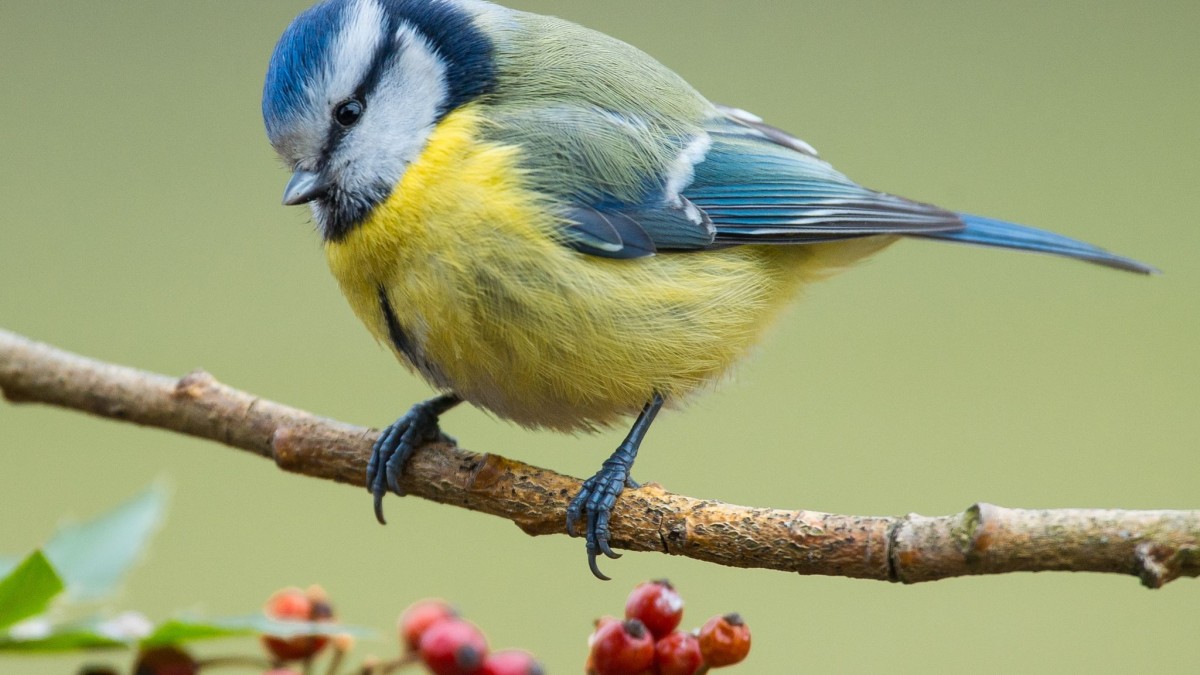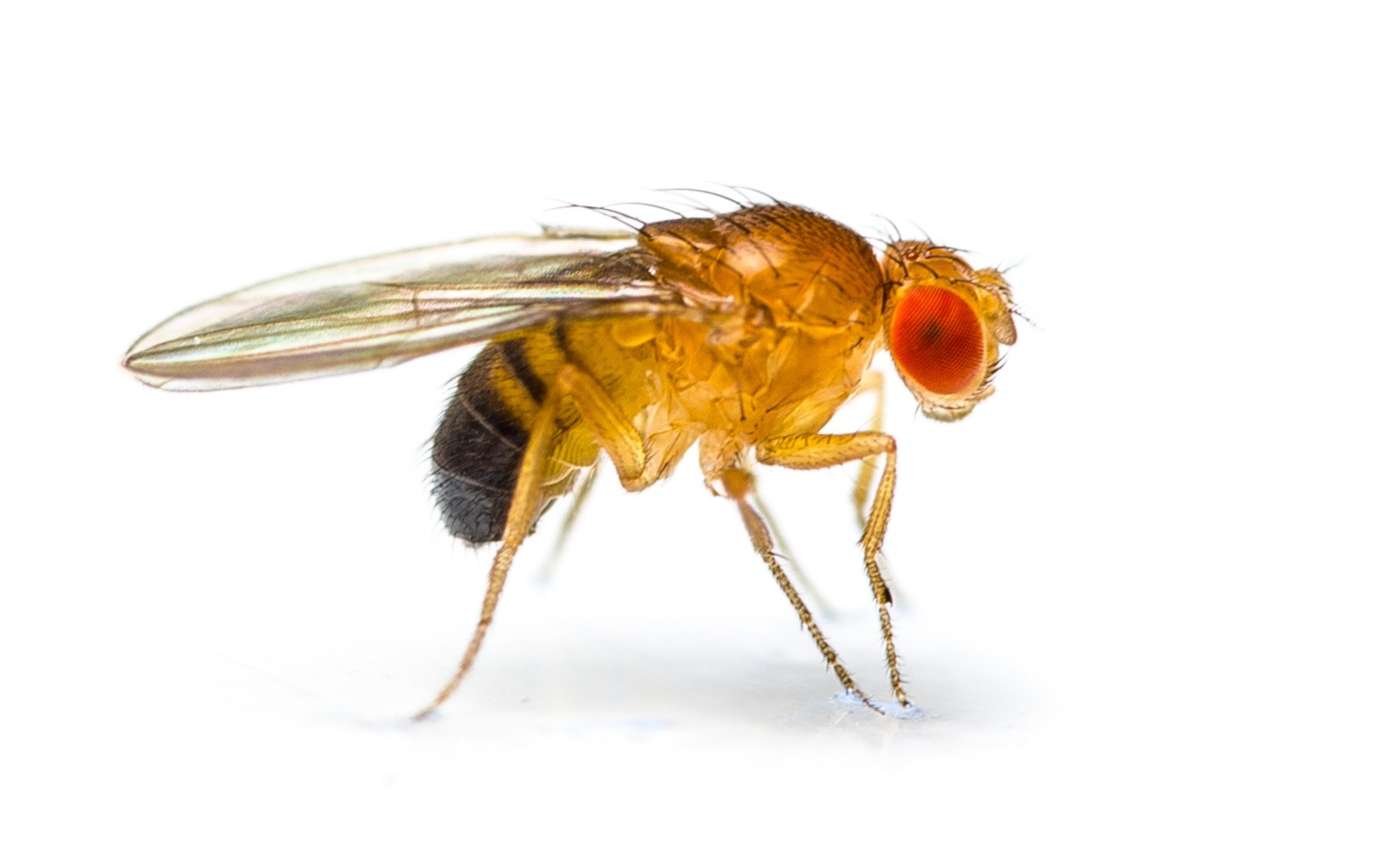It doesn’t look particularly “athletic” when it pans around the fruit basket lazily – but the famous Drosophila fly clearly can also achieve amazing flight performance: the little animals, known as research models, are great marathon posts, and the Mojave Desert Experiments show. Hungry fruit flies can fly 12 to 15 kilometers without interruption, which is six million times their body length. The researchers report that this range now also sheds light on an earlier puzzle of population genetics in fruit flies.
They are one of the best-studied creatures on Earth and everyone knows the fruit fly – fruit fly with black bellies – from personal experience: These are pinhead-sized insects that congregate in an organic waste bin, throw themselves into wine glasses or land on a fruit salad. . Due to its many practical properties, fruit flies have progressed to become one of the most important animal models in science: with its help, researchers have already discovered many fundamental secrets of evolutionary biology and genetics.
But despite the many insights into their biology, it is surprising that there has been uncertainty about one of the traits that make the fruit fly fly: its ability to fly. “These insects are a standard model for an organism, but they are never examined outside the laboratory, so we had little idea of their normal functioning,” says Michael Dickinson of the California Institute of Technology in Pasadena.
A questioning look at flight performance
The current study was also driven by a paradox noted by researchers in the early 1940s: They found that groups of flies thousands of kilometers apart were more genetically similar than long-term estimates – the flight capabilities of small insects seemed reasonable. . Because fruit flies seem to pulsate slowly in circles, as they do in our kitchens. So the question arises to what extent they behave differently when searching for food in the wild. There were tests more than 40 years ago that confirmed that fruit flies had a large range, but it remained questionable how much the wind helped.
To ensure reliable results on flight performance, Dickinson and colleagues have now conducted release and recovery experiments in the Mojave Desert, where fruit flies do not exist naturally. The flies were released and then lured into traps at specific locations in order to record how long it took the insects to fly there. To do this, the team has set up ten odor traps in a circular ring, each within a one-kilometer radius from the launch site. Each trap contained a tempting scented cocktail of fermented apple juice and champagne yeast for fruit flies. Additionally, the researchers set up a weather station to measure wind speed and direction during the experiments.
About six million body lengths
As the researchers reported, after opening the container with the flies in quiet conditions, it took about 16 minutes for the first traps to reach the traps 1 km away. As a result, they were traveling at a speed of about a meter per second, the researchers say. As they assert, animals reach correspondingly higher speeds when there are tail winds. However, the team also interpreted the velocity measured in the absence of winds as a guiding value that tends to underestimate it – because the flies may have had to orient themselves after release or did not initially take perfectly straight paths to the scent traps.
Then the researchers combined their data with results from previous lab tests, according to which fruit flies can stay in the air continuously for up to three hours. Applied to the new findings, this means that the insects can travel about 12 to 15 kilometers on a non-stop flight without wind. That distance corresponds to about six million times the average fruit fly body length of 2.5 mm, the researchers emphasized. Compared to this, the average person would cover a little more than 10,000 kilometers in one trip – this roughly corresponds to the distance from the North Pole to the equator. In terms of their body size, the performance of young flies could also compete with the performance of some types of migratory birds, the scientists say.
“The Drosophila melanogaster’s ability to spread has so far been greatly reduced,” Dickinson said, summarizing the finding. This now sheds light on the natural abilities of these prominent model animals and the earlier distribution paradox, the scientists say. However, there are also general area of research indicators of the so-called locomotion environment, which deal with how animal populations move and spread. The focus is often on invasive species. As the researchers point out, the focus is also on a notorious relative of the fruit fly: the Suzuki fruit fly, native to Southeast Asia, is currently spreading all over the world and causing damage to fruit growing.
Source: California Institute of Technology, Technical Article: PNAS, doi: 10.1073 / pnas.2013342118

“Alcohol buff. Troublemaker. Introvert. Student. Social media lover. Web ninja. Bacon fan. Reader.”






More Stories
Science – Bocking – Blue tits: more unfaithful offspring among older males – Bavaria
Ability to innovate: Research has not lost any of its innovative power
Hypertension, Diabetes & Co: Four Types of Sleep That Often Make You Sick – The World of Sleep